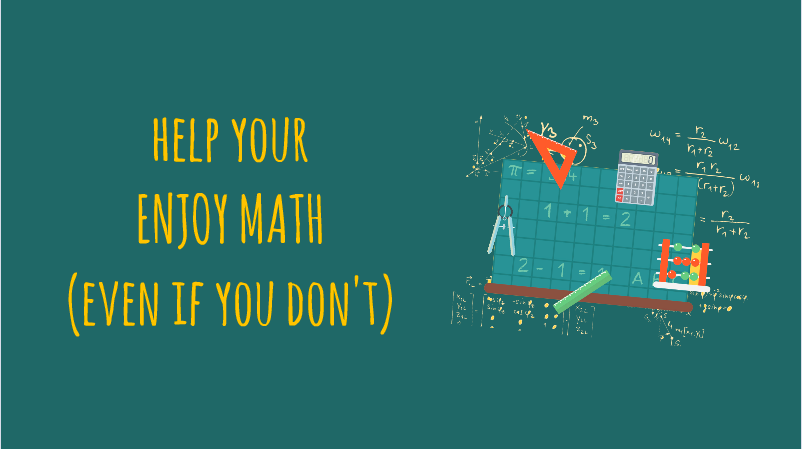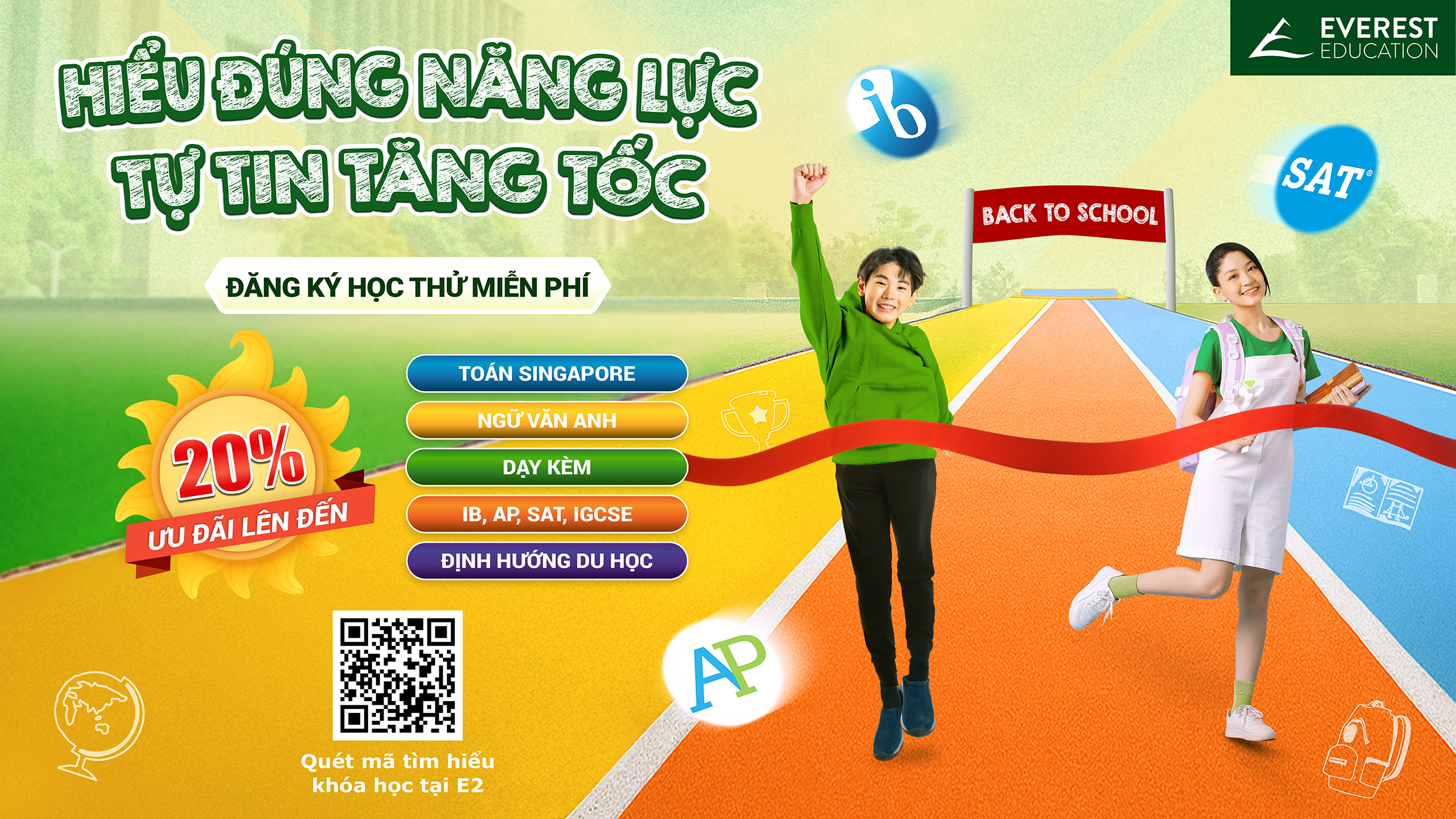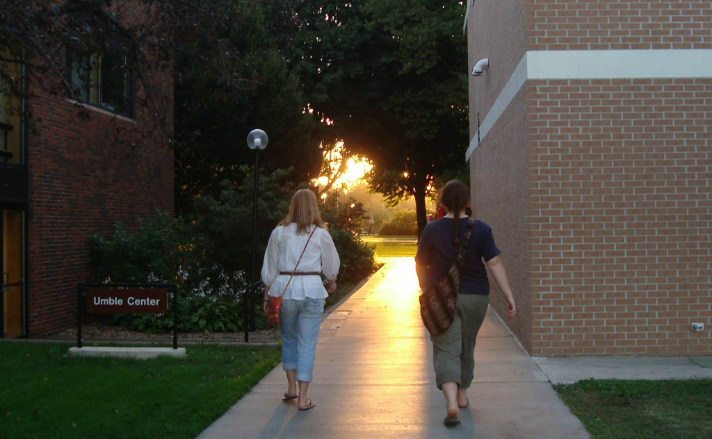Remember the time we learned math? Your math teacher walked up to the board, wrote numbers, said numbers, we received books of numbers and were expected to remember tons of formulas but had no idea HOW they worked and WHY we should memorize them.
This is the traditional way of teaching math that most of us grow up in: the teacher lectured, then we did some homework, then reviewed it the next morning, and the teacher lectured again and we did homework again. We repeated this cycle repeatedly until the final exam.
While this approach may have appeared to develop fluency, it didn’t establish a firm math foundation, and more importantly, it may kill our love of learning math. Because of that, we thought we were not good at math, or we didn’t have the math gene.
“I am not a math person” – we concluded.
If that happened to you. You are not alone.
But do you want the same thing to happen to your children? Do you want your kid to grow up not liking math?
CPA – an effective Math teaching tool from Singapore
Luckily, Singapore – a country that has been consistently at the top in many international math rankings and competitions – introduced to us a new way of teaching math, especially for young kids – the CPA method.
CPA stands for Concrete – Pictorial – Abstract, the approach that helps children learn new ideas and build on their existing knowledge by introducing abstract concepts in a more familiar and tangible way. This method is so popular in Singapore that the Ministry of Education will not approve any teaching materials which do not use the CPA approach.
So what is CPA, in detail?
Jerome Bruner, an American psychologist aka the father of the CPA method, in his research on the cognitive development of children, proposed three modes of representation:
- Enactive representation (action-based): Sometimes called the concrete stage, this first stage involves a tangible hands-on method of learning. Bruner believed that “learning begins with an action – touching, feeling, and manipulating”. In math education, we use manipulatives such as paper, coins, and building blocks at this stage as concrete, tangible objects to approach and solve problems.
- Iconic representation (image-based): Sometimes called the pictorial stage, this second stage involves images or other visuals to represent the concrete situation enacted in the first stage. One way of doing this is to simply draw images of the objects on paper or to picture them in one’s head. Other ways could be through the use of shapes, diagrams, and graphs.
- Symbolic representation (language-based): Sometimes called the abstract stage, the last stage takes the images from the second stage and represents them using letters, numbers and symbols.
In short, the CPA is a 3-stage method using actual objects for children to add, subtract, multiply or divide. They then progress to using pictorial representations of the object and ultimately, abstract symbols.
The CPA also helps students visualize more difficult topics making them more accessible. Let’s take fractions as another example: ⅔ and 2/4, which is bigger?
Concrete stage? Just give them food! Kids can do best when they see food. Divide a pizza into 3 pieces and give them 2, and another one into 4 pieces and give them 2, in which situation can you eat more? They can see the answer very clearly! Moving to Pictorial: we can use pictures to demonstrate fractions until they get familiar with the concept, then move to the abstract stage.
“When students understand how Math works, they will remember it much better,” Don Le, Co-CEO of Everest Education.
It is important to recognize that the CPA model is a gradual progression from a tangible approach to visual symbols, which gives them an idea of how and why math works. It is a way to inspire students to play an active role in figuring things out and let them feel the connection between math and their everyday life.
“At Everest Education, we are one of the first to use the Singapore Math system. All of our Math classes are taught in English to ensure students are ready for an academic experience abroad. The Singapore Math system is based on the CPA method. And we really really like this method because it helps students understand why Math is the way it is. Why 2 +3 = 5, why do we have the Pythagorean theorem a^2 + b^2 = c^2. When students understand how Math works, they will remember it much better,” said Don Le, Co-CEO at Everest Education.
Regarding CPA, Miss Lan Nguyen, a Math teacher at Everest shared: “I experienced both methods and see that CPA is really powerful in helping children more abstract concepts in more fun, engaging and tangible way. My students here love Math because they can get the formulas by themselves and know the reason behind every single lesson. They don’t have to memorize the formulas, they create them.”
We believe that CPA helps students develop a deeper understanding of math beyond simple calculation. It allows students to understand “why” math is the way that it is and not just “how.”













